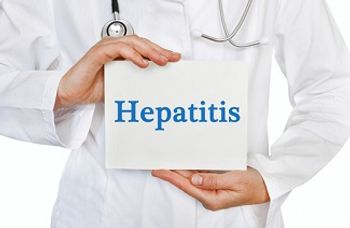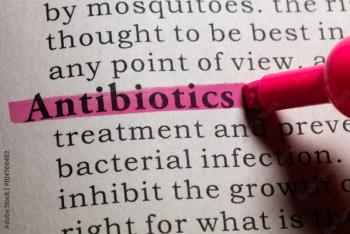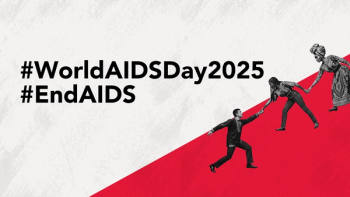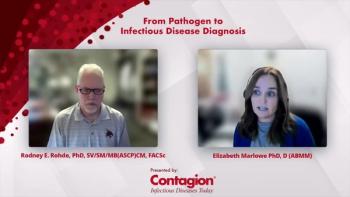
Zika Virus Found to be Able to Survive on Hard, Non-porous Surfaces
Researchers have found that the Zika virus is able to survive for at least eight hours on hard, non-porous surfaces.
The Zika virus has wreaked havoc on much of the Southern Hemisphere, and while the jury is still out on some methods to
According to new
In this recent study, researchers looked at the effects of, “isopropyl alcohol, diluted bleach, quaternary ammonium/alcohol, peracetic acid, and pH 4 or pH 10 solutions, which are commonly used in clinical, laboratory and industrial settings.” With the exception of pH 4 and pH10, all of the solutions were effective at killing the Zika virus in environments without blood. However, when used in environments with blood, which is more likely in real-world settings, the researchers found that bleach and peracetic acid were ineffective at killing the Zika virus, while isopropyl alcohol and quaternary ammonium/alcohol killed the virus in as little as 15 seconds.
Little is known about whether or not the virus can survive on hard, non-porous surfaces for more than eight hours. According to the press release, “the next stage of the research will be to take a more in-depth look at how long Zika survives on hard non-porous surfaces in the heat and how best to inactivate the virus.”
Although the Zika virus is most commonly transmitted through the bite of an infected Aedes aegypti mosquito or through sexual or congenital transmission, researchers are still studying the possibility of transmission through bodily fluids, infected needles, and open wounds. Environmental transmission has yet to be documented; however, at least one
Newsletter
Stay ahead of emerging infectious disease threats with expert insights and breaking research. Subscribe now to get updates delivered straight to your inbox.

















































































































































































































































































